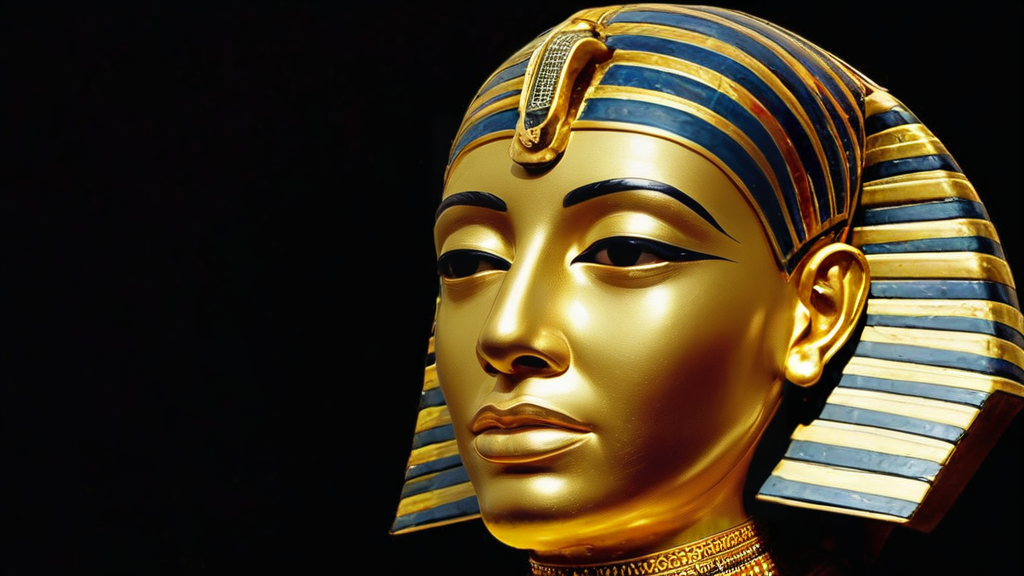Historical Background
Practices related to cosmetics have been present throughout the history of humanity, being used mainly by women, to enhance their aesthetic appearance and as part of religious rituals. The use of cosmetics dates back to ancient periods, as demonstrated by the Paleolithic cave paintings, where the use of brown and reddish pigments in different areas of the body is observed.
Cosmetics have had various purposes over the centuries, including their use as a status symbol, in sun protection, and for general aesthetic purposes.
Antiquity: Use of Cosmetics in Various Cultures
In ancient Egyptian civilization, scented oils and ointments were used to care for and soften the skin, as well as to mask body aromas. Both men and women used these products, in addition to makeup made from natural pigments such as stibnite and galena.
In other ancient cultures, such as Rome, Greece and China, a similar interest in the use of cosmetics is observed, from skin whitening to the use of pigments in makeup, symbolizing different social classes and status.
Middle Ages and Modern Era
During the Middle Ages, the influence of the Crusades brought with it the introduction of perfumes to Europe from the Middle East, while in the Elizabethan era in England, the use of hair dyes and facial makeup with ingredients that today would be considered harmful to health.
In the 19th century, pressure to maintain a youthful appearance fueled the use of cosmetics, despite the negative perception that existed in certain sectors of society. Queen Victoria, for example, expressed disapproval of makeup, considering it vulgar and reserved only for actors.
Cosmetics Today: Trends and Perspectives
In contemporary times, the use of cosmetic products continues to be an integral part of daily life, with significant advances in the formulation of safer and more effective products. The application of cosmetics remains a popular tool to enhance appearance and maintain a rejuvenated look, despite changing cultural perceptions.
The historical interest in cosmetics reveals the deep connection between culture, traditions and beautification practices over time. The next post will continue exploring the history and evolution of cosmetics, from royal influences to contemporary advances. Do not miss it!
